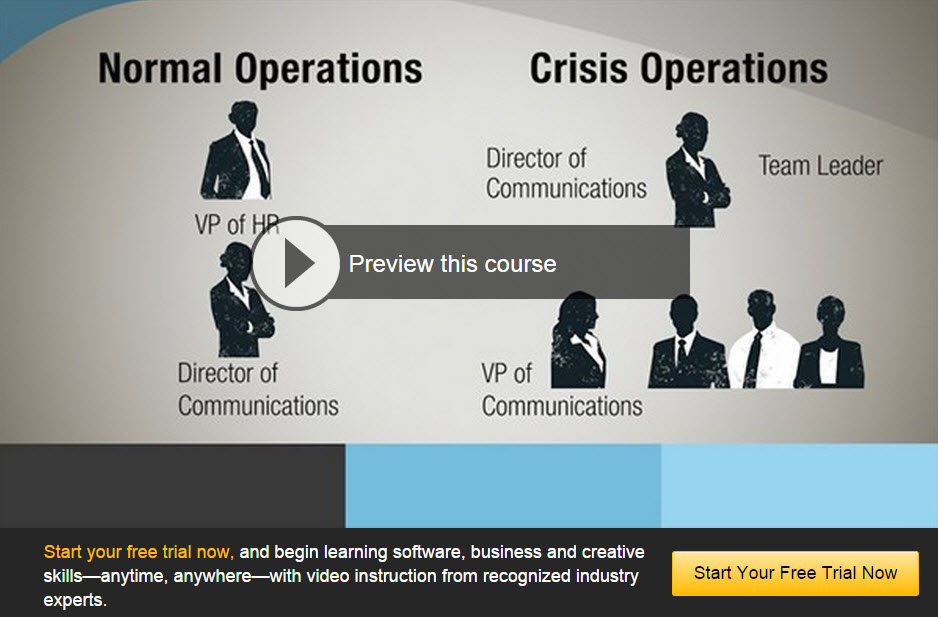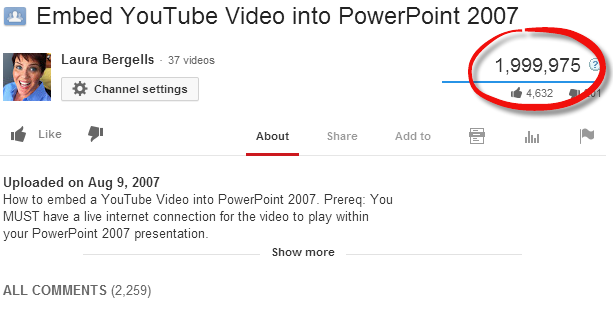Sometimes, voice typing can come in handy for really unexpected reasons!
It’s October 1, and it’s freezing. My poor fingers are now cramped from typing in a cold room all morning.
Google Voice Typing to the rescue! I’ll open up Google Docs, activate voice typing, and talk through a first draft.
I can always go back in and edit this first draft with my fingers later. But for right now, I’ve got deadlines to meet. I can’t let cold hands stop me from writing!
There are three other great reasons to use voice typing instead of finger typing for a first draft:
- You talk faster than you type. With voice typing, you can increase your total word count.
- You shut off your internal editor. When you talk, you resist the temptation to edit yourself as you’re talking.
- You reduce distractions. You’re not goofing around on social media or opening up another tab on your browser. You’re talking.
I find myself using voice typing a lot now. I get 97% accuracy with no special equipment. I just use the mic that comes with my $320 laptop.
No big whoop. In the olden days, you needed a special microphone and pricey software. Now, you can probably just use equipment you have on hand.
Voice recognition is getting better all the time. It makes sense.
Think about how many of those Google Home devices have been in use over the past year. Or how many times people use their Android devices to say “OK, Google” — then use their voices to issue a command.
Google is drawing on an enormous amount of data to be able to understand a wide variety of voices. I expect Google’s accuracy will only get better over time.
Cortana and Alexa and Siri? If they work for you, great. But they don’t work for me.
In my experience, Cortana, Alexa, and Siri are far slower and less accurate than Google. And this makes sense: these services aren’t drawing from the vast amount of voice data that Google continues to collect.
If you haven’t checked out voice typing in a while, give it another try. You may find that it works better than you ever expected!
(And as the weather gets colder, I’ll probably use voice typing even more.)
Are you a voice typing fan? Why or why not?
Laura Bergells is a writer and instructor. Check out her online courses at LinkedIn Learning. You can also find Laura on Twitter and at YouTube.
Laura Bergells writes, coaches, and teaches. Check out her online courses at LinkedIn Learning. You can also find Laura on Twitter and at YouTube.















